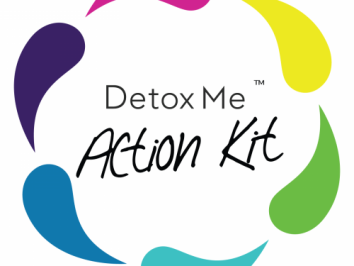College students exposed to toxic flame retardants in dust from dormitory furnishings
Study finds some of the highest levels of flame retardants ever measured in dust, including carcinogens.
Here, you’ll find the latest news about our research and our impact. For detailed information about our past and present projects, please explore Our Science.
Study finds some of the highest levels of flame retardants ever measured in dust, including carcinogens.
Silent Spring responds to latest study in Science regarding so-called "bad luck" mutations.
First comprehensive analysis finds more than two dozen toxic highly fluorinated chemicals, including a phased-out substance.

Researchers to collect urine samples from participants nationwide to assess U.S. population’s exposure to hazardous chemicals in everyday products.

Spend less time munging, and more time analyzing

Some chemicals have a small enough impact on a person’s health that it’s hard to see their effects if you look only at the individual. But if you add up all of the individual health impacts in the population, you end up with a considerable negative impact on public health.
New study reveals top 10 consumer product chemicals in dust that could harm human health.

Researchers trace possible sources to fire training areas, airports, industrial sites, and wastewater treatment plants.
Research shows that more than half of all cancers are preventable. Yet, why isn’t prevention a priority? More precisely, why aren’t environmental chemicals a focus of prevention research?
After years of wrangling and backroom negotiations, Congress finally passed legislation overhauling the nation’s outdated chemical safety law known as the Toxic Substances Control Act (TSCA).